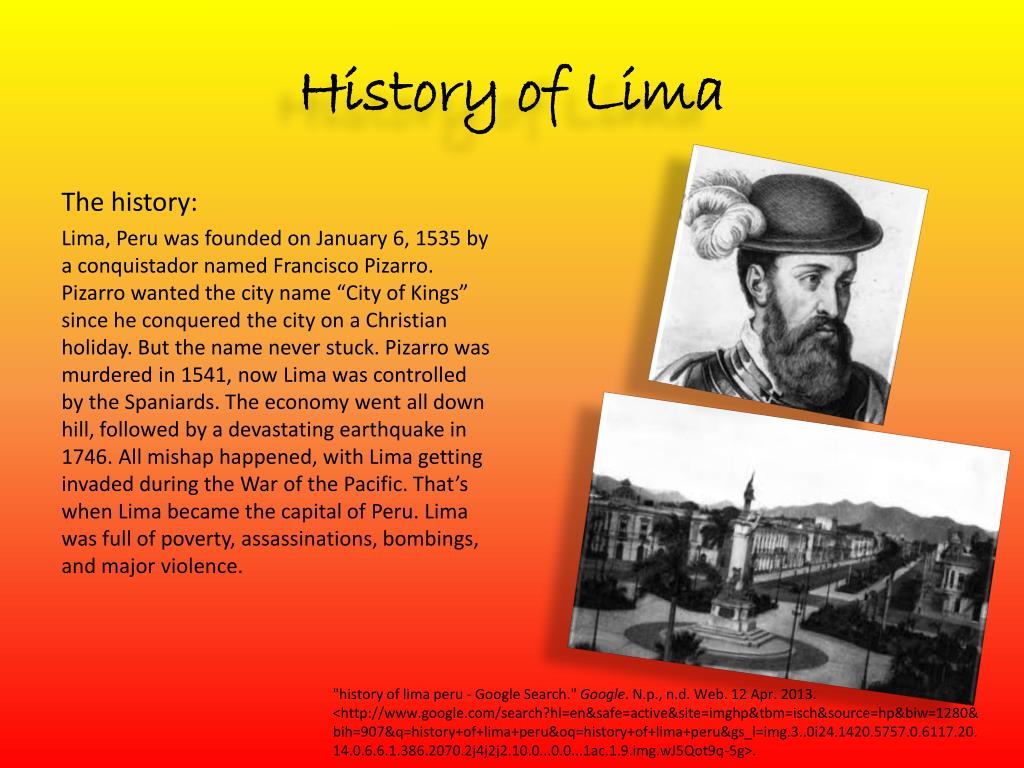

The Finnic peoples are assumed to also be descended from Proto-Uralic populations further to the east, nearer to the Ural Mountains, that had migrated to their historical homelands in Europe by about 3,000 years ago.
#EUROPEAN RACES PEOPLE PLUS#
The Indo-European groups of Europe (the Centum groups plus Balto-Slavic and Albanian) are assumed to have developed in situ by admixture of Bronze Age, proto-Indo-European groups with earlier Mesolithic and Neolithic populations, after migrating to most of Europe from the Pontic steppe ( Yamnaya culture, Corded ware, Beaker people). The Basques have been found to descend from the population of the late Neolithic or early Bronze Age directly. Simplified model for the demographic history of Europeans during the Neolithic period and the introduction of agriculture. Mongolic languages exist in the form of Kalmyk, spoken in the Caucasus region of Russia.Language isolates: Basque, spoken in the Basque regions of Spain and France, is an isolate language, the only one in Europe, and is believed to be unrelated to any other language, living or extinct.Northeast Caucasian languages, including Avar, Chechen, Dargin, Ingush, Lak, and Lezgian.Northwest Caucasian languages, including Abkhaz, Abaza, Adyghe, Circassian, Kabardian, and Ubykh.Kartvelian languages (also known as South Caucasian languages), including Georgian, Laz, Mingrelian, Svan, and Zan.Arabic is spoken by some migrant communities from the Middle East and North Africa. Semitic languages, including: Assyrian Neo-Aramaic (spoken in parts of eastern Turkey and the Caucasus by Assyrian Christians), Hebrew (spoken by some Jewish populations), and Maltese.Turkic languages, including Azeri, Bashkir, Chuvash, Gagauz, Kazakh, Nogai, Tatar, and Turkish.Uralic languages, including Estonian, Finnish, Hungarian, Komi, Livonian, Mari, Mordvin, Sámi, Samoyedic, and Udmurt.Indo-Aryan is represented by the Romani language spoken by Roma people of eastern Europe, and is at root related to the Indo-Aryan languages of the Indian subcontinent.īesides the Indo-European languages, there are other language families on the European continent which are wholly unrelated to Indo-European:.Iranic, mainly Ossetian in the Caucasus, as well as Kurdish in Anatolia.Celtic languages, including Breton, Cornish, Irish, Manx, Welsh, and Scottish Gaelic.Baltic, including Latvian, Lithuanian, Samogitian and Latgalian.In addition, there are also smaller sub-groups within the Indo-European languages of Europe, including Three stand-alone Indo-European languages do not fall within larger sub-groups and are not closely related to those larger language families Slavic, including Belarusian, Bosnian, Bulgarian, Croatian, Czech, Kashubian, Macedonian, Montenegrin, Polish, Russian, Rusyn, Ruthenian, Serbian, Slovak, Slovenian, Sorbian and Ukrainian.Afrikaans, a daughter language of Dutch, is spoken by some South African and Namibian migrant populations. Germanic, including Danish, Dutch, English, Faroese, Frisian, German, Icelandic, Limburgish, Low Saxon, Luxembourgish, Norwegian, Scots, Swedish, and Yiddish.Romance, including Aromanian, Arpitan, Catalan, Corsican, French and other Langues d'oïl, Friulian, Galician, Istro-Romanian, Italian, Ladino, Megleno-Romanian, Occitan, Portuguese, Romanian, Romansh, Sardinian and Spanish.Of the total population of Europe of some 740 million (as of 2010), close to 90% (or some 650 million) fall within three large branches of Indo-European languages, these being ĭistribution of major languages of Europe

In the context of European ethnography in particular, the terms ethnic group, people, nationality and ethno-linguistic group, are used as mostly synonymous, although preference may vary in usage with respect to the situation specific to the individual countries of Europe. There are no universally accepted and precise definitions of the terms " ethnic group" and " nationality".

The Russians are the most populous among Europeans, with a population over 134 million. The total number of national or linguistic minority populations in Europe is estimated at 105 million people, or 14% of 770 million Europeans. According to the German monograph Minderheitenrechte in Europa co-edited by Pan and Pfeil (2002) there are 87 distinct indigenous peoples of Europe, of which 33 form the ethnic majority population in at least one sovereign state, while the remaining 54 constitute ethnic minorities. Groups may be defined by common genetic ancestry, common language, or both. Europeans are the focus of European ethnology, the field of anthropology related to the various indigenous groups that reside in the nations of Europe.


 0 kommentar(er)
0 kommentar(er)
